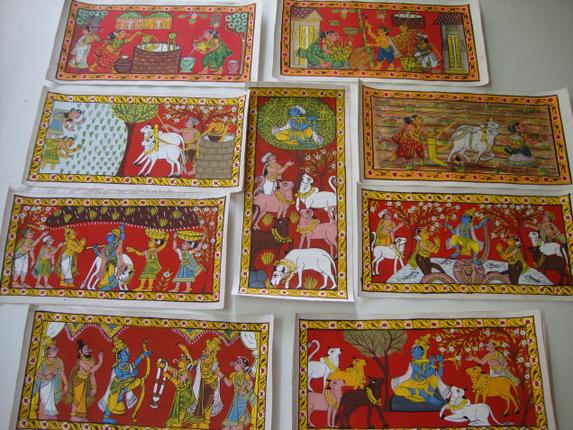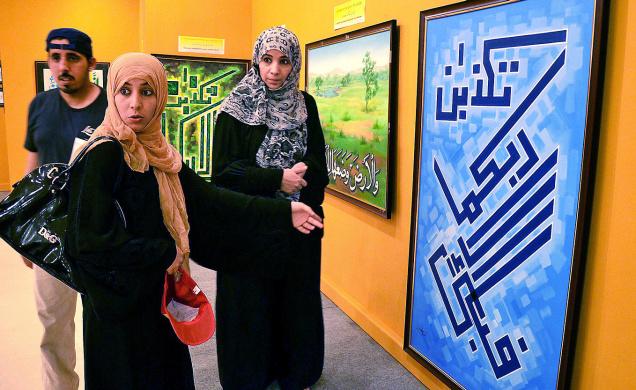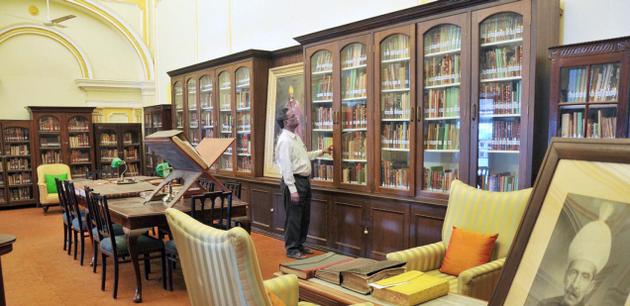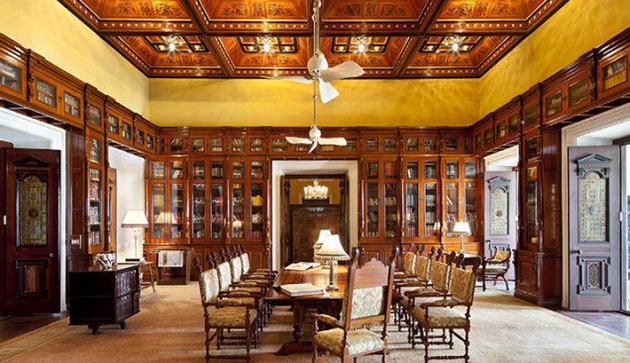
The key to V Raghunathan’s happiness lies in his lock collection. In the last 30 years, he has gathered over 700 kinds from across the country. The fascination began back in 1984 when Hyderabad-based Raghunathan went to Kashmir. “Our guest house had an unusual old lock. I exchanged it with the caretaker,” he says. Since then he has been hooked—lock, stock and barrel, forever searching for more exotic locks.
“Collecting locks is a passion. I just love them and will travel any distance to procure one. I used to visit the flea markets in Ahmedabad to add to my collection. It is great fun deciphering some of them. I have seen locks, which would need more than one individual to open them,” says Raghunathan, CEO of GMR Group’s Varalakshmi Foundation.
There is a staggering range of shapes and sizes in the collection. Padlocks, chest locks, door locks, trick locks. He has locks in shapes of fruits, revolvers, buckets, pots, plants, scorpions, camels, lions, horses, cows, dogs and even cats.
And there are other unusual locks as well. For instance, a lock for which a key has to be inserted inside another key to open it. Then there is a rare lock from Aligarh. A fascinating one is a copper combination lock, which has a number of discs. Each disc carries an Arabic inscription— either a letter or a phrase. It appears that any combination of the discs yields an Arabic couplet and one particular couplet opens the lock. What is striking about this lock is that all the combinations of letters end up forming a verse from the Koran.
Raghunathan has also written a book about his lifelong passion—Locks Mahabharata Mathematics. The book mixes Draupadi, a lock with five keys or Jarasandha— who could be split apart but whose two halves could never be kept separate—split locks and symmetries. He has linked all of these characters and their life with math.
Divided into 10 chapters, Locks Mahabharata Mathematics has stories ranging from that of Draupadi, to Yudhishthira’s gamble, to Shukrayacharya and Kacha. Keeping them company are chancy locks, interacting keys and binary stars.
“Locks have been part of my life for nearly as long as I have been married, some 30 years. Though I am not a mathematician by a far shot, I am deeply interested in the subject. And finally, I am as well read on the Mahabharata as any reasonably educated Indian. So it was only a matter of time before the three overlapped somewhere,” says Raghunathan.
“It was while reading a story about how Draupadi came to acquire five husbands that it struck me that she wasn’t unlike one of the locks in my collection— one that needed five keys to open it. From there the leap to the world of polynomials, especially the quintics—equations of fifth degree—which have five solutions, was merely a logical one,” he points out.
At a literal level, the book provides a contemporary take on the Mahabharata stories for the younger generation. It also presents mathematics in a far more interesting light than a standard text.
“The book brings the lock-making craft of highly skilled artisans of a bygone India to the present generation. Perhaps the book provides enough fodder to engage both the right and left sides of the brain,” he laughs.
LOCKED IN
● There is a staggering range of sizes in the collection. They range from one that weighs no more than 5 grams to one that weighs 30 kg. The longest is over 3.5 ft in length while the smallest is about half a centimetre.
● He has locks from Uttar Pradesh, Tamil Nadu, Rajasthan, Kashmir and West Bengal.
● The lock with five keys is from Rajasthan.
source: http://www.newindianexpress.com / The New Indian Express / Home> Magazine / by Swati Sharma / October 13th, 2013







